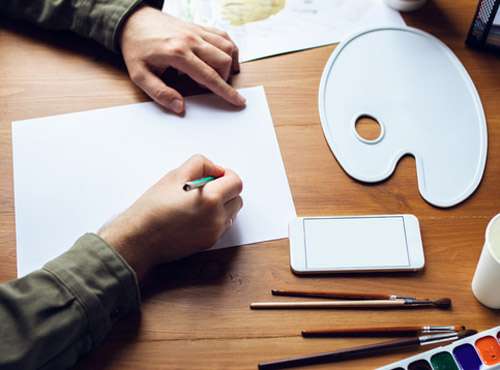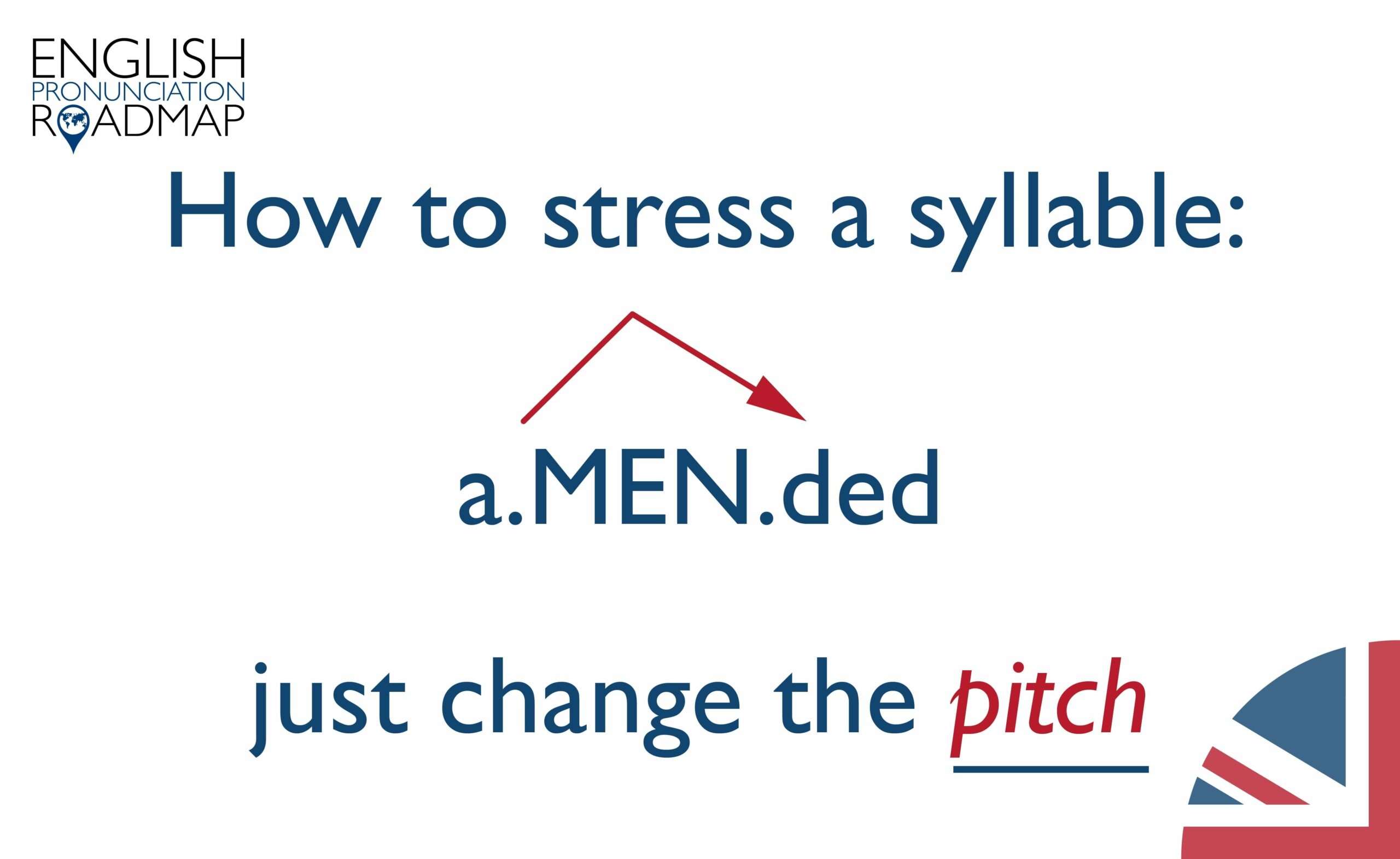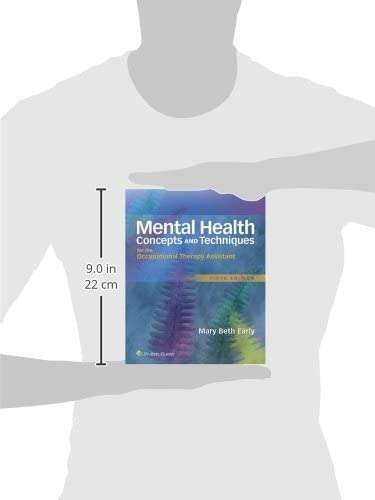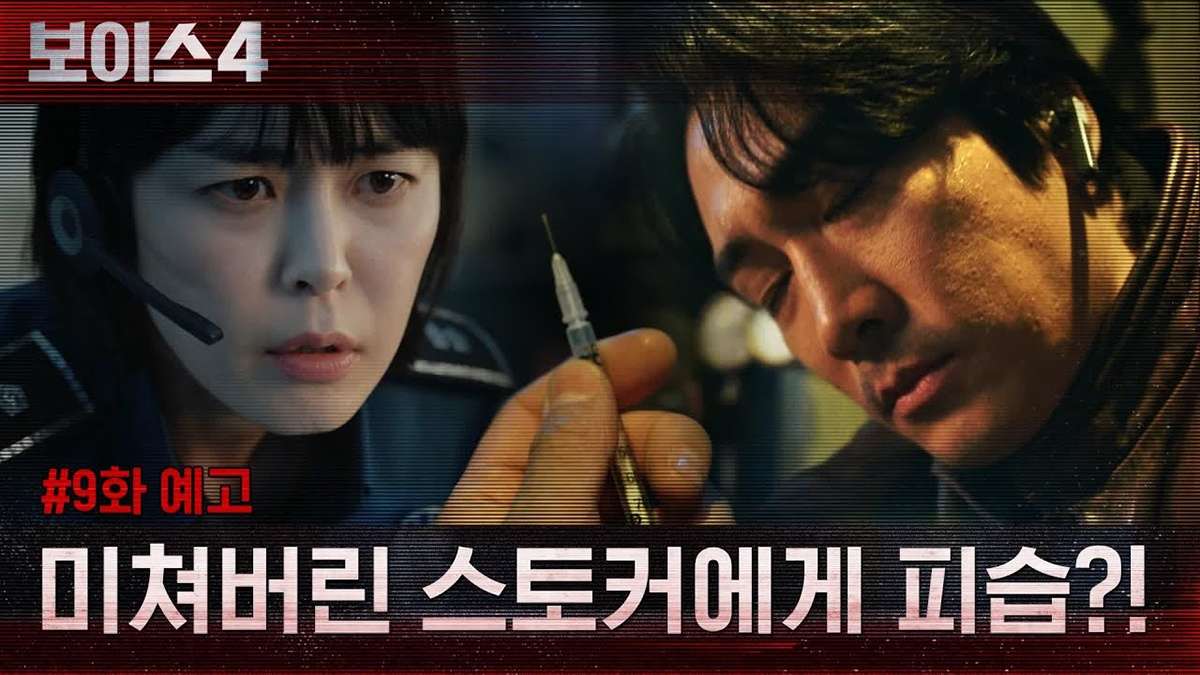Art therapy can trace its modern roots back to 1942. It was then that Adrian Hill, a British artist who, while recovering from tuberculosis, learned how therapeutic painting and drawing could be. He noted that the practice was engrossing both to the mind and the body. Because it released a patient’s creative energy and had therapeutic benefits, Hill coined the phrase “art therapy.”
People who struggle with depression may have a difficult time putting their feelings into words. The use of art therapy may provide a way for people to express themselves.

Depression and Art Therapy
According to research by the National Institute of Mental Health (NIMH), major depression is “one of the most common mental disorders in the United States.” This mood disorder is marked by a persistent loss of interest in life and feelings of sadness.
While the traditional methods of treating depression (i.e., talk therapy and medication) are often effective for many people, alternative treatments like art therapy continue to gain in popularity – and for good reason. Art therapy provides an individual who is feeling pressured or overwhelmed with an opportunity to slow down and explore the issues that are occurring in their life. It provides them with a way to manage their behavior, reduce anxiety, process feelings, and destress.
Benefits of Art Therapy for Depression
Art therapy for depression may provide many including:
Improve Mood
Numerous studies have shown that people find that their mood lifts when they are being creative. This can help the individual transform their negative feelings into ones that are more positive.
Stress Relief
Being stressed can have negative effects on both the mind and the body. The creation of art can counterbalance those effects and lead to relaxation.
 Reduce Anxiety
Reduce Anxiety
For many people who struggle with depression, anxiety is also present. In fact, the Anxiety and Depression Association of America (ADAA) estimates that close to 50 percent of people who have a diagnosis of depression have an anxiety disorder diagnosis.
Art therapy may reduce a person’s anxious feelings and allow them to focus on positive things for a time, according to a clinical trial conducted by researchers at Leiden University in the Netherlands.
Boost Happiness
According to some studies, one of many reasons that people who struggle with depression may be that they lack adequate amounts of a brain chemical called dopamine. Known for feelings of enjoyment, dopamine can provide the motivation needed to start an activity and/or continue it. Creating art has been linked to increases in dopamine which, in turn, may increase feelings of happiness.
Self Discovery
It can be difficult for someone who is struggling with depression to pinpoint their feelings. Working closely with an art therapist can provide valuable information that can be used to address the individual’s feelings that may lead to a breakthrough in their depression.
How is Art Good for Mental Health?
Artistic creation generates a realization of self-expression for a patient. This leads to therapeutic benefits like a greater understanding of themselves, their personality, and what it takes for them to heal. This type of understanding regarding self-expression serves as the foundation for art therapy.

An art therapist has specific training that helps them understand how various artistic components — such as texture, art media and color — are part of the therapeutic process. This can lead to discoveries about a client’s feelings, psychological disposition, thoughts, and more.
Because this type of therapy combines visual arts with talk therapy, it can be used on its own or in conjunction with other kinds of therapy.
Symbols of Depression in Art
A person’s depression may manifest in many different ways. That being said, there are some common symbols of depression in art that may represent how the artist is feeling.
Art depicting depression is often seen in muted colors such as grays and blacks. Additionally, chaos in the background is a common theme for depression abstract art.
It is important to note, however, that there is not a one-size-fits-all description regarding what symbols are present in depression art. As these examples of depression expressed in art demonstrate, some people forgo the chaotic undertones and, instead, are very exacting and meticulous in the rendering of their depressive thoughts.
In other cases, the artist uses great splashes of vibrant color. This serves to highlight the muted colors that are typically present as well. While the bright and colorful portions of the art are not usually the focal point of the artwork, their role as a contrasting agent is evident nonetheless.
Components of Art Therapy
The words “art therapy” might conjure up images of painting or drawing but there are other mediums that can be used. Coloring, collage, and sculpting are popular ways of creating that may be used during art therapy.
Under the care of a trained art therapist, it’s possible to discover the symbols, metaphors and/or messages that often arise during the creation of art. The discovery of these components can lead to a greater understanding about behavior and feelings, which can lead to a resolution of deeper issues.
Who Can Benefit From Art Therapy?
 The benefits of art therapy have been studied and appreciated for a range of different challenges. Whether it is a child, adolescent, adult, or senior, nearly everyone has the potential to benefit from art therapy.
The benefits of art therapy have been studied and appreciated for a range of different challenges. Whether it is a child, adolescent, adult, or senior, nearly everyone has the potential to benefit from art therapy.
Art therapy sessions may be for groups, individuals, or couples, and there is no need for artistic talent. This is because the process of art therapy is not about the value of the end result. Instead, it delves into the connections between the person’s life and the choices they make as they are creating.
There are many mental health conditions that can be addressed with art therapy. These include stress, depression, anxiety, and more.
Finding an Art Therapist
Someone struggling with depression can find solace in creating art; however, it can be difficult for them to correctly interpret the underlying feelings and struggles on their own. This is when a trained, professional art therapist is a valuable resource.
Finding the ideal art therapist starts with checking their credentials. At a minimum, the art therapist should hold a master’s degree. Through the training and education they receive, an art therapist can understand how tools like the textures, media, and colors are used by the individual. These can reveal a person’s feelings and thoughts.

In the best-case scenario, this degree would be from an educational institution that offers a program that integrates both visual arts and psychotherapy. In addition, a program that is accredited by the Council for Higher Education Accreditation (CHEA) is indicative of its quality.
An art therapist who is registered with the Art Therapy Credentials Board (ATCB) will have the initials “ATR” behind their name. For those art therapists who have “ATR-BC” following their name, it signifies that they are board certified.
What to Expect During Art Therapy
Like most modern forms of therapy, the first session with an art therapist will likely be a discussion so the therapist can discover the patient’s background and issues. The art therapist will likely ask why the patient is pursuing art therapy and/or their goals for the therapy sessions, and the therapist will outline how they approach the art therapy.
Following the initial conversation, the therapist will suggest a treatment plan, which may include the creation of artwork.
The actual sessions with the art therapist will vary as no two will be alike. In some cases, the therapist might simply observe the individual as they create art. At other times, the therapist might gently ask questions that could evoke feelings, if the person finds the process easy or difficult, and ask the patient to share their thoughts as they create.
Whether art therapy is used as a stand-alone treatment or with other forms of therapy depends on a number of factors. These are often determined by recommendations of other therapists, by the person’s primary care provider, or by the individuals themselves.
As a non-medicinal method of addressing depression, art therapy often offers a fresh approach to a mood disorder that can be debilitating. If you think that you could benefit from art therapy, or if you want to learn more about it, contact your medical provider for additional information.
For more information about alternative therapy treatments for depression, read our blog post: https://genesight.com/blog/patient/5-alternative-depression-treatments/
To learn more about the GeneSight test, visit https://genesight.com/product/

Specific art therapy exercises can help you cope with anxiety symptoms.
If you believe this creative therapeutic approach is for only “artsy” people, you may be surprised to find out that’s not the case. In fact, being rather unskillful in artistic expression may make this experience more fun and cathartic.
According to a systematic review of various studies, art therapy could positively affect people with mental health conditions, including anxiety, depression, and phobias.
What’s art therapy?
The American Art Therapy Association (AATA) defines it as “an integrative mental health and human services profession that enriches the lives of individuals, families, and communities through active art-making, creative process, applied psychological theory, and human experience within a psychotherapeutic relationship.”
Art therapy combines psychological therapy with art-making, such as painting, drawing, sculpting, and clay modeling, to help people manage stress and express themselves without verbal communication.
“Different studies and research [show] that when we engage in art-making, it helps the neurological system relax. Brain chemical levels will decrease and bring about relaxation for many people, which also helps the nervous system calm down,” says Margaret Carlock Russo, EdD, LCAT, ATR-BC, ATCS, president of the AATA.
“When a significant event happens in someone’s life, it’s hard to express your feelings. Art therapists have the ability to know what creative suggestion might help someone with a particular issue,” she adds.
Art therapists are credentialed mental health professionals who are licensed in some states. They are trained in psychotherapy and ways to use art media and creative processes to help people cope with mental health challenges.
Carlock Russo says art therapy is not only for “creative” or “artsy” people.
“In our society, art-making is understood as something that only certain people are able to do if they have talents. However, when it comes to art therapy, no experience is needed. Anyone can do it,” she says.
Engaging in art therapy is not about creating artwork that is aesthetically pleasing, she adds.
“Rather, it’s about the message in a piece [of art] and a story the person tells about that piece. We are not interested in helping someone become a better artist. We are interested in helping them express themselves utilizing graphic imagery or creative expression in some way,” explains Carlock Russo.
How can art therapy help with anxiety?
When people experience anxiety, they are overwhelmed with negative thoughts and worry.
The Anxiety and Depression Association of America (ADAA) defines generalized anxiety disorder (GAD) as the persistent and excessive worry about things that otherwise don’t appear to have a reason for concern.
When a person practices art expression during art therapy, the intention is to interrupt and distract them from ruminating thoughts or emotions that are overwhelming them.
“We get people to stop and focus on one thing. People can also do this with deep breathing and other strategies, but art-making can be an easy, accessible way to do this, too,” says Carlock Russo. “Art expression also provides sensory input in other ways because you are touching materials, and it also [initiates] the release of stress from the playfulness of it all.”
She says art therapy can also help with panic disorder in the same way. Also, in the event of a panic attack, art expression as a tool can serve as a distraction from feelings of panic.
“You can engage in doodling or coloring or collage, which may calm and distract you from the overwhelming focus of the panic attack,” Carlock Russo explains.
In fact, a Dutch randomized-controlled trial looked at the effectiveness of art therapy in females ages 18 to 65, diagnosed with generalized anxiety disorder, social anxiety disorder, or panic disorder, with moderate to severe anxiety symptoms.
The study found that art therapy had these benefits:
- reduction in anxiety symptoms
- increase in subjective quality of life
- improvement in accessibility of emotion regulation strategies
- long-term effects that were present during a 3-month follow-up
Art therapy exercises to try at home
Carlock Russo says the art therapy that occurs with a qualified art therapist may encourage you to delve deep into emotions. To experience the complete therapeutic effects of art, consider reaching out to a trained and credentialed art therapist.
However, she says the following exercises can provide immediate relief when feeling anxious and can be done on your own.
Embrace coloring books
Because coloring books set the expectation of what to color, Carlock Russo says many people are not intimidated by them.
“There’s an outline, and it’s controlled, so you don’t feel the anxiety of not knowing how to draw. Plus, they’re easy to carry around,” she says.
Make mandala art
Mandala artwork is made of circular objects and designs. The boundaries of the graphics can give a sense of control and calmness, says Carlock Russo.
“There is also something rhythmic about working in a circle. You can even draw your own circles without mandala art. In fact, I start a lot of sessions by having people draw circles on paper,” she says.
Write in a gratitude journal
To take a break from ruminating thoughts, consider writing down things and people you are thankful for.
Carlock Russo suggests writing stream of thoughts, structured ideas, or poetry, if you are inclined.
“Do what feels easy. The quality doesn’t matter,” she says.
Scribble on paper
The freedom of scribbling can take away the expectation of drawing something well. In a sense, how you scribble can resemble your emotions.
“If your lines are tangled on the paper, that could show nervous energy getting out or lack of focus. If you are pressing hard, maybe you are releasing energy or tensions you are feeling,” says Carlock Russo.
Create affirmation cards
Turn an old deck of cards or index cards into intention cards. Start by covering one side with scraps of tissue paper, colored paper, stickers, or stamps. Then print out affirmations or write them at the top of the card with a marker.
“Write something positive to yourself. Even if it’s one word like ‘breath,’ or a short phrase like, ‘I am strong.’ These are great to leave around your house or carry with you,” says Carlock Russo.
Craft a peaceful collage
Making a collage of a place that makes you feel safe and at ease, like the beach or mountains, can help calm you at the moment.
“By creating it, you are bringing yourself to that place in a way and distracting yourself from all the anxiety,” explains Carlock Russo.
How is expressive arts therapy different than art therapy?
While expressive arts therapy and art therapy overlap, expressive arts use visual arts and other art forms like music, dance, and drama.
“Therapists trained in expressive arts might have someone create an image with a collage and then write a narrative about that image,” Carlock Russo says, “and then maybe use music to write a song about it, so working with the imagery and emotions of expressions of the person, but with a variety of creative ways.”
Let’s recap
Art therapy can help relieve anxiety symptoms by calming your nervous system and distracting you from ruminating thoughts. To find an art therapist near you, visit the American Art Therapy Association’s Art Therapist Locator.
The Anxiety and Depression Association of America has more information about therapy.



